Canon 100-400 IS USM L lens review
Canon 100-400 mm lens review
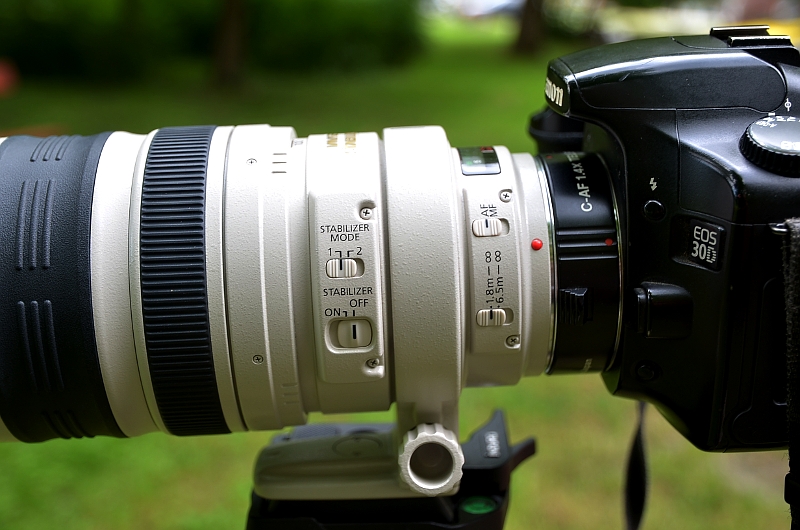
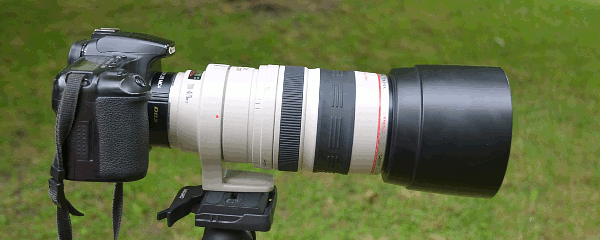
Introduction
The Canon 100-400 is a very popular zoom lens in the “L” lens category. This is a stabilized lens but the stabilizer is an older unit, not as effective that the ones used in the newer lenses. What is this lens good for? This lens is especially interesting because of the 400mm long end this is why it is very popular among bird and wildlife photographers. The lens is also very good for outdoor sports as well. If you don’t need the 400mm many sharper lenses are there: the shorter primes (100,135,200,300mm), the 70-200mm zooms or the Canon 70-300mm IS L. If you only interested in the long end, the 400mm f/5.6 prime is little sharper especially wide open, little lighter and cheaper but not zooming, lacks stabilizer has a close focus distance of 3.5m instead of the 1.8m of the 100-400. The optical difference between the two lens is not huge.
______________________________________________
Canon 100-400 mm lens versions
Until today there is one version of the lens, but there are some reports that earlier produced lenses were not so good. But there is lots of rumor suggesting that Canon needs to release a second version, perhaps with better stabilizer.
Official name
Canon 100-400mm EF f/4.5-5.6L IS USM

100mm f/5 1/400s little sharpened
Canon 100-400 mm lens specification
|
Minimal focus distance: 1.80m |
Compatibility
Canon Full frame
Category
This is a very high category lens, with excellent build and optical qualities.
Canon 100-400mm range
The 100-400mm focal length range is totally different for Full frame and crop sensor cameras. On crop sensor the 400mm is really long and in the super telephoto wildlife range, while on Full frame it is a little long portrait/sports range. The 100mm is quite useful short telephoto on Full frame while a portrait head shot range in crop sensor cameras. In simply the 100-400mm is quite useful telephoto range in both sized sensors. On FF little wider on Aps-C little longer.
Long lens technique
If you never use long lens (400mm) some practice is needed. This lenses needed high shutter speed, pin precise focus, tripod or tripod+high shutter speed to reach the quality preferred. This long lenses are usually not really good in the shadow. To obtain high shutter speeds, many cases ISO 800 or higher preferred if you handhold the lens. This lens is perfectly handholdable for me app 0.5 kg lighter the Sigma xx-500 zooms or the new Tamron 150-600mm.
How to make quality wildlife pictures
Lots of stunning very nice pictures can be seen on the internet. How to make this pictures? It is important to understand most of this pictures are made from very close distances(5-10m) from a hide or approaching the bird or wildlife. This lens is capable to make very nice pictures from close distances. Even from longer distances 20-50m with good light and good lens technique the pictures can be very good. The result depend much on the size of the subject. For a small bird needs to be much closer for a quality photo than for a large deer or eagle. With the growing distance the sharpness can decrease because of air movement or camera shake.
Canon 100-400mm build quality
The lens has an excellent build quality, and at the same time much lighter than the Sigma xx-500 lenses or the new Tamron 150-600mm lens. This lens has a push-pull zoom mechanism, which is often criticized suggesting sucking dust. I prefer this push-pull design over turn-type zooms for this long tele.
This mechanism allows very fast framing with moving subjects. There is a separare ring to adjust the push pull mechanism under the manual focus ring. If don’t want ease zoom action we can adjust that way, or we can change for easy framing, see below.
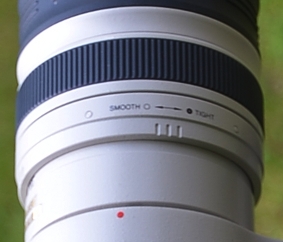
Autofocus
The lens has quick and silent USM ring-type autofocus. The focus is quiet, precise and has two limiters to help the speed at 1.8 and at 8.5m.
Switches
There is a focus limiter switch, a manual focus switch and Vr switch in two modes.
Canon 100-400mm optical quality
This lens is excellent optically, very good even with an 1.4x converter attached. The lens is very sharp even wide open at the long end but gets little sharper at f/8. Not so sharp than primes lenses though. The really sharp Canon primes the Canon 300 f/2.8 400mm f/2.8 are much more expensive, the 400mm f/5.6 is little cheaper but the difference here is not so huge.
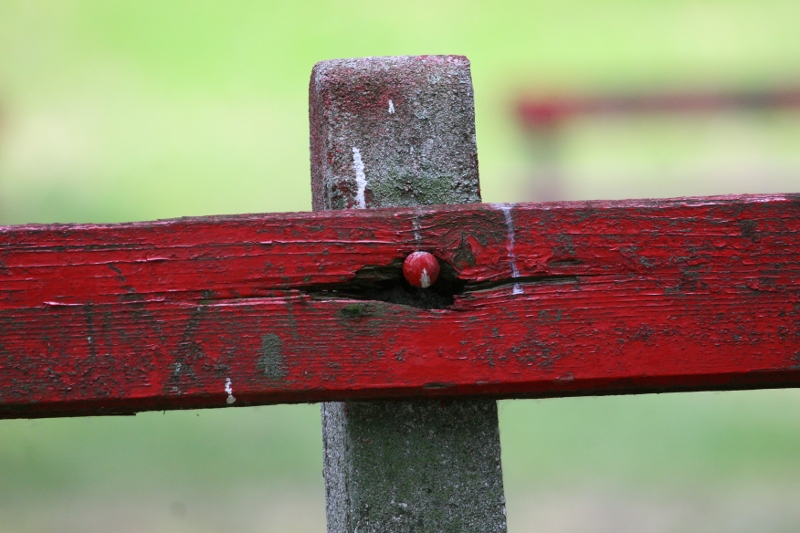
Canon 100-400mm – 400mm at f/5.6 ISO 1000 1/640s Canon 30D
 100% crop
100% crop
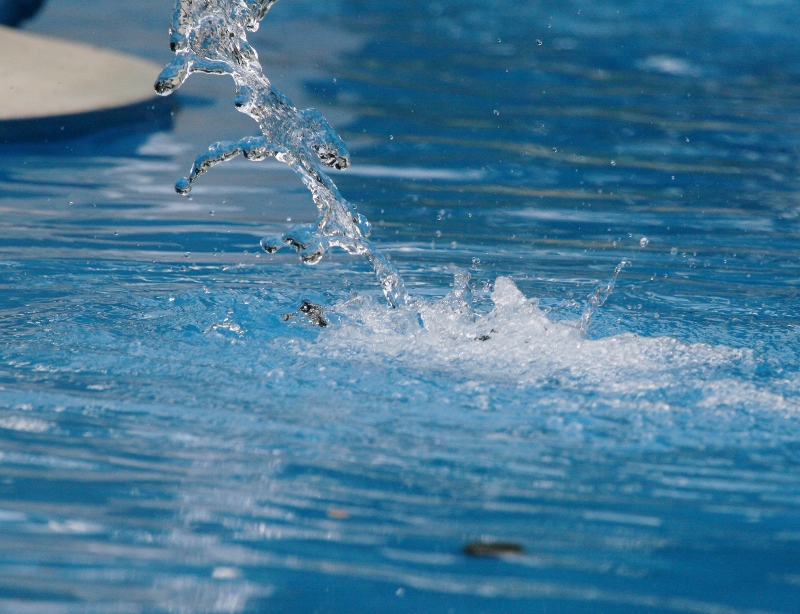
Canon 100-400 400mm f/6.3 ISO 800 1/2500s cropped
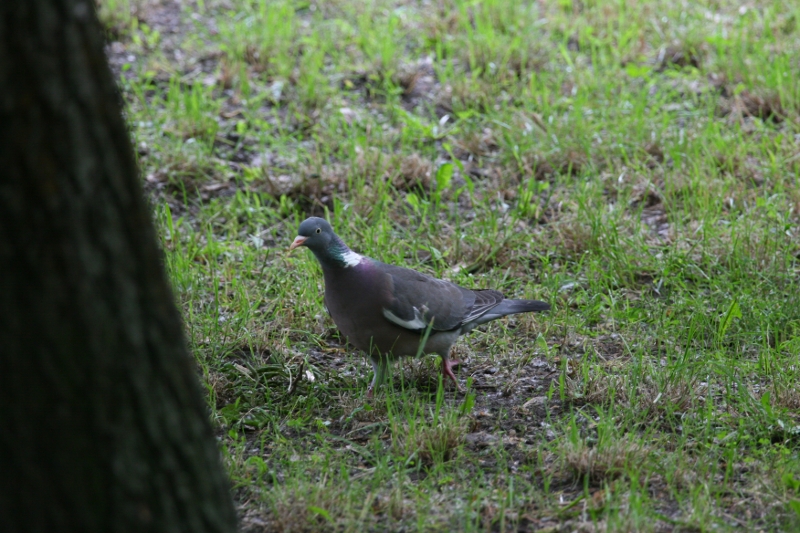
f/5.6 ISO500 400mm 1/160s
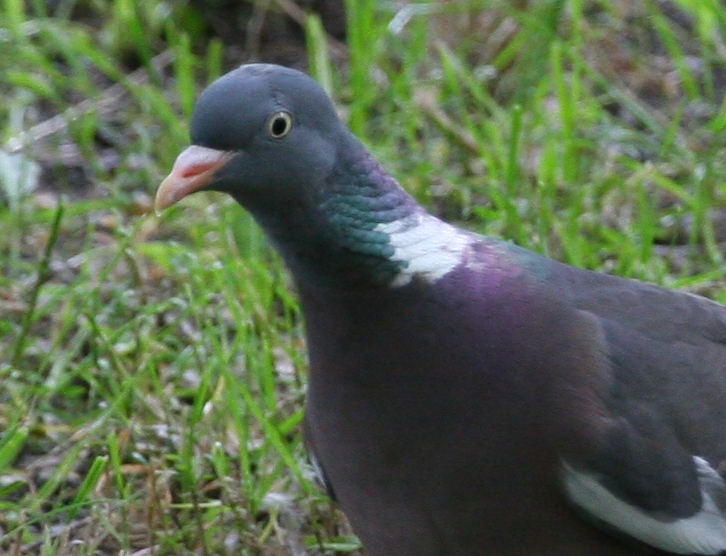
100% crop
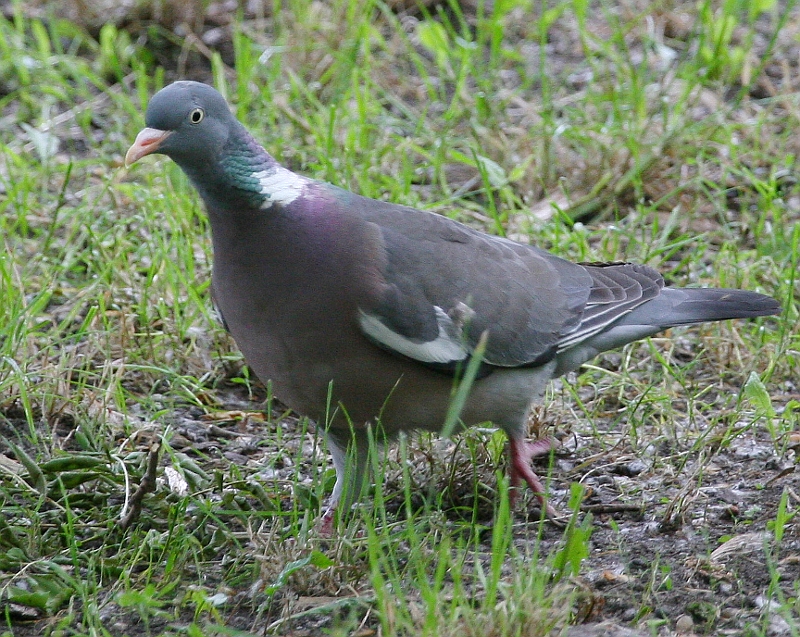 50-55% crop not bad from 20m wide open in the shade this is not a very good shot, I prefer at least 1/1000s for 400mm without the stabilizer
50-55% crop not bad from 20m wide open in the shade this is not a very good shot, I prefer at least 1/1000s for 400mm without the stabilizer

100mm f/8 1/250s ISO 400 Portrait Click to see in 1200 pix, quite sharp even at 100% 3504 pixel
Sweet spot
The sweet spot is f/8 at 400mm.
Bokeh
Long lenses usually has very nice bokeh (background blur).
Canon 100-400 with teleconverters
The Canon 100-400 is compatible with both 1.4x and 2x teleconverters, but only autofocusing (the Canon ones) with 1 series camera body attached to the 1,4x converter. With a Kenko 1.4 dgx converter autofocusing is no problem it is autofocusing even lower end camera bodies such as my Canon 30d. The autofocus action is not so good in lower light with the converter as the autofocus action of the bare lens. If I would have this lens, I would use it many times with an 1.4x converter. With the Kenko 1.4 dgx both sharpness and contrast are very well retained, but lots of light/high iso needed. Autofocusing works with the Kenko without any problem or difficulty on my Canon 30D in reasonable light (just the latest Kenko dgx). With a Canon Tc the lens only has manual focusing except Canon 1 Series camera bodies. I wouldn’t mess with the Canon converter manually get the Kenko instead. I don’t know if it is works with any newest cameras, try it before buy the converter. The 2x converter is not really appropriate for this lens, even sharper, brighter primes are struggling with a 2x converter. The lens would become a non-autofocusing 800mm f/11 which results in a very dark viewfinder. I guess image quality will be much lower as well especially contrast and brightness.

Canon 100-400+Kenko 1.4 dgx extender 560mm wide open at f/8 50% crop of the 8 Megapixel file

Canon 100-400+Kenko 1.4 dgx extender 560mm f/10
Price/performance ratio
This is not a cheap lens, if it would be cheaper the ratio would be much better. The quality you get is very good but prime lenses are better if we only see the output.
Compare to/rivals
This lens is much better than the Sigma xx-500mm lenses, but the new Tamron 150-600m lens look a very serious competitor. The new Tamron is so successful because of the longer range and lower price that one needs to wait to the factory several weeks or months to obtain a copy. I guess the Canon’s autofocus is better, picture quality perhaps also especially at f/5.6 but with a very little difference. Update: Seems the Tamron is better at f/5.6 at 400mm. See the Tamron 150-600 review here At 600mm the Tamron is better. Between the Canon 100-400 and the Tamron 150-600 the difference in the same range is very small, the Tamron is sharper and the Canon has better contrast both difference is very small. The Tamron is black which is perhaps an advantage, bigger and heavier (1,95kg vs 1,36), and has turn style zoom action, while the Canon has push-pull design. If your main goal is birding, the longer lens has a huge advantage in good light. The build quality of the Canon is better than the Tamron. The Canon is wider 100mm vs 150mm, which makes it more capable for portraits. The Canon is lighter. Compare to the 400mm f/5.6 the prime the prime is little sharper, lighter and cheaper, has faster focus, but lacks stabilizer and only good for birds/wildlife and the zoom is much better for portraits or other stuff, more versatile (framing) and perhaps better to tracking flying birds. For birds and wildlife or if you interested in the long end, I would (and perhaps will buy the Tamron 150-600), if you prefer the shorter wider end for for portraits, better build and lighter and smaller body the Canon is better. I would prefer the Tamron even over the 400mm prime, because it is very sharp at other focal lengths as well, much longer and cheaper. The 400mm prime at f/5.6 is a little better than the Tamron at 400mm f/5.6 by a very small margin. At 600mm the Tamron is clearly better, and brighter as well. Compatibility issues can occur with the Tamron with future camera bodies, as obviously its success will hurt sales on Canon, Nikon and Sony as well.
Summary
The Canon 100-400 is a very high quality lens, but little expensive. If you prefer zoom lenses over primes it is highly recommended but perhaps worth to check the new Tamron 150-600 as well, which is also a very interesting alternative, to decide which is better for your needs. An other aspect to consider is the push pull mechanism, which seems many people don’t like. I prefer in this case over the usual turn type zoom action.
Canon 100-400 version II
The new version of the Canon 100-400mm is introduced in the market in 2015, with a turn style zoom, for 2200 USD. The new lens better optically as well, and quite compact.read more about the new Canon 100-400 II here
Other reviews for Canon mount
The Sigma 150mm-600mm
The Tamron 150-600mm Vc USD
Canon 200mm f/2.8 review
Tamron 17-50mm f/2.8 review